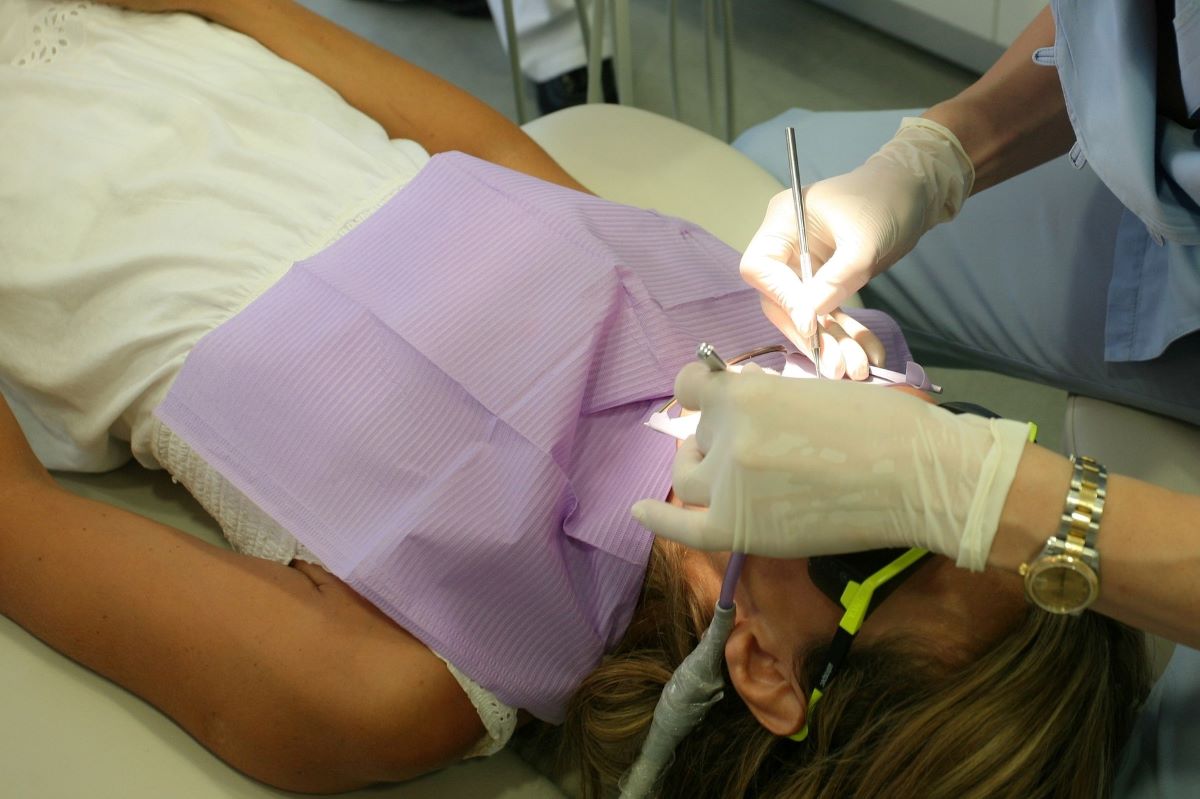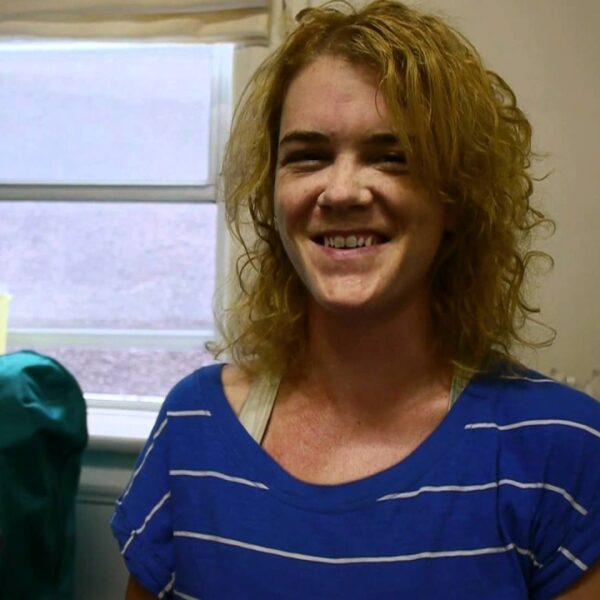As the connection between oral health and overall physical health becomes continually more evident, more doctors recognize the need for dental care and coverage. However, there is one part of the Canadian population that lacks access to basic dental hygiene.
That portion of the population is Canada’s homeless people.
The Faculty of Dentistry at the University of Toronto studied 18 local shelters and observed that an astounding 97% of people residing in those shelters needed dental care. Forty percent required emergency oral treatment. Further findings within this study were equally crushing:
- 70% needed periodontal work
- 88% required cavity fillings
- 60% needed prosthodontic treatment
While dental care and continuous oral hygiene might appear to be a pin drop in the ocean of severe obstacles homeless people face, the truth is these issues can have serious, even life-threatening repercussions.
In Canada, Oral Health is Defined as a Basic Human Right, Yet for Many, It Is Treated Like a Luxury
Canada is a leader in global oral health due to the nation’s unique stance on the importance of dental hygiene. While recognition is a step in the right direction, statistics show Canada has fallen short in upholding its mission to provide oral healthcare to all who deserve it.
To bring this point all the way home, statistical data suggests that as of May 2019, approximately 30% of Canadians are living without dental insurance. Many of them are homeless. Many homeless people are already members of other disenfranchised social groups. Furthermore, homeless people are currently twice as likely to lose their teeth or to have untreated cavities when compared to members of other low-income communities who also don’t have dental insurance. This is because housed Canadians living without government-sponsored dental insurance can sometimes access charities and community outreach services. Through that system, homeless people do not have access to a community or any community support.
What’s in a Smile?
Your smile is one of the first things people notice about you. It is a universally accepted gesture crossing language and cultural barriers. Yet for many homeless Canadians, they have been cheated out of everything. This includes a confident set of pearly whites. And while the high cost of dental care and treatment is the number one reason many homeless Canadians have chosen not to visit a dentist for years on end, stigmatization also plays a major role.
The fact is that as dental care becomes less accessible to individuals living without traditional housing, dental fear and anxiety rise. At the same time, oral health decreases, creating a silent but vicious circle of disadvantage. It appears homeless people are increasingly more anxious about sitting down in a dental chair and being critically judged.
Unfortunately, judging someone’s smile is a common practice that is not limited to dentists’ offices. Not only are people judged on their smile, but they are also judged when reluctant to smile. Covering one’s mouth is a common practice for people who perceive their smiles as unsightly in social situations. To that end, a broken smile can have adverse effects in all of the following social settings:
Job interviews.
Not smiling at an interview is likely to cost you a potential employment opportunity. Sadly, smiling and revealing missing or broken teeth is now proven to have the same effect, creating a double-edged sword for Canada’s homeless people.
Meeting someone for the first time.
Whether you’re applying for a mortgage, attending a social function, or just interacting with strangers, smiles leave a lasting impression. A 2013 study concluded roughly 48% of adults rank the smile as the “most memorable feature” in a first impression scenario.
Online presence.
Like it or not, social media is a modern-day measuring stick of individual worth in society. As such, a positive digital footprint can blaze a bright and inspiring trail. At the same time, a negative one can leave you lacking in the dust. As you might imagine, the smile ranks number one in best profile picture tactics, but not just any smile will do. For the most trustworthy and approachable presence, experts suggest a genuine, toothy grin. In-depth research concludes that browsers are judging your whole mouth. From the curve of the lip to the size and shade of the teeth, people subconsciously accept or reject your friend requests based on what your mouth seems to be saying.
Internal perception.
According to Psychology Today, “the act of smiling activates neural messaging that benefits your health and happiness.” A simple smile can lower blood pressure, fight stress and depression, and cause the entire body to enter into a more relaxed mental state.
The Physical Toll of Tooth Decay and Gum Disease
Like many ills plaguing modern-day homeless communities, poor dental hygiene is linked to both physical and emotional adverse effects. Tooth decay and gum disease can lead to:
- Poor nutrition
- Serious infection that spreads to other parts of the body
- Severe physical pain
- Bacteria
- Irreversible tooth and gum loss and much more
In Ontario, in 2014 alone, $40 million worth of the local government budget was used to fund 60,000 emergency room visits caused by preventable oral health problems.
Smiling through the Tears
Tooth and gum decay are serious consequences brought about by homelessness. But fixing all the broken smiles in the world won’t do anything for broken homes. Let’s give all Canadian citizens something to smile about. Let’s create a system where housing and wellness aren’t just human rights but also treated as such through actionable plans.
Talk to your local and national reps about how they intend to tackle sensitive issues and their plans to reduce (and hopefully eliminate) homelessness and all the problems caused by it.













